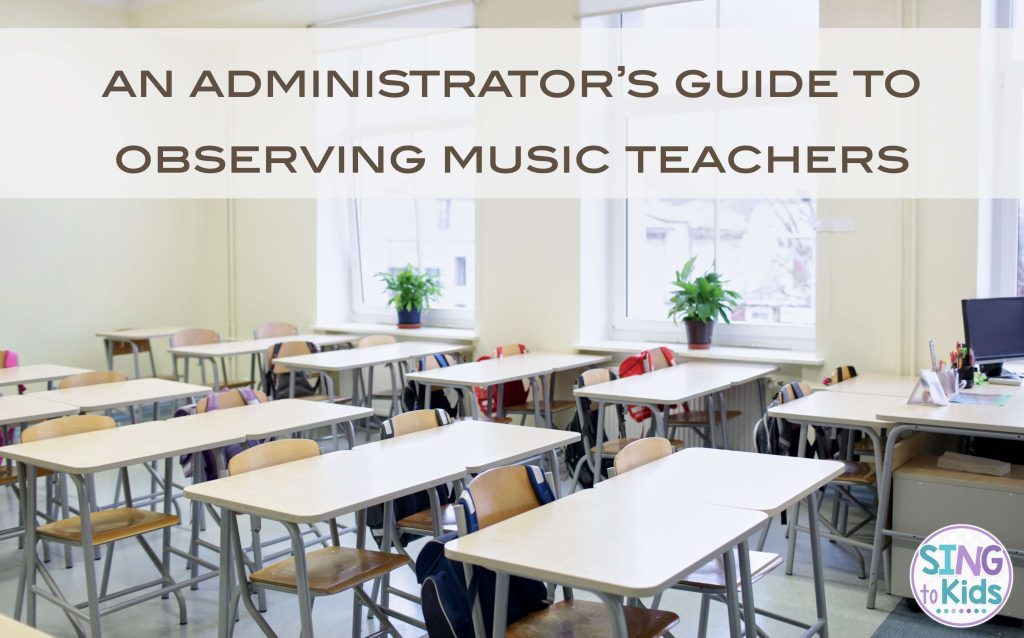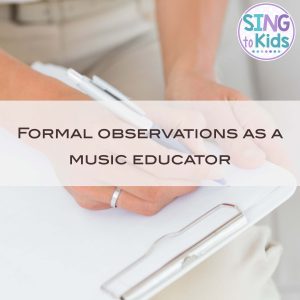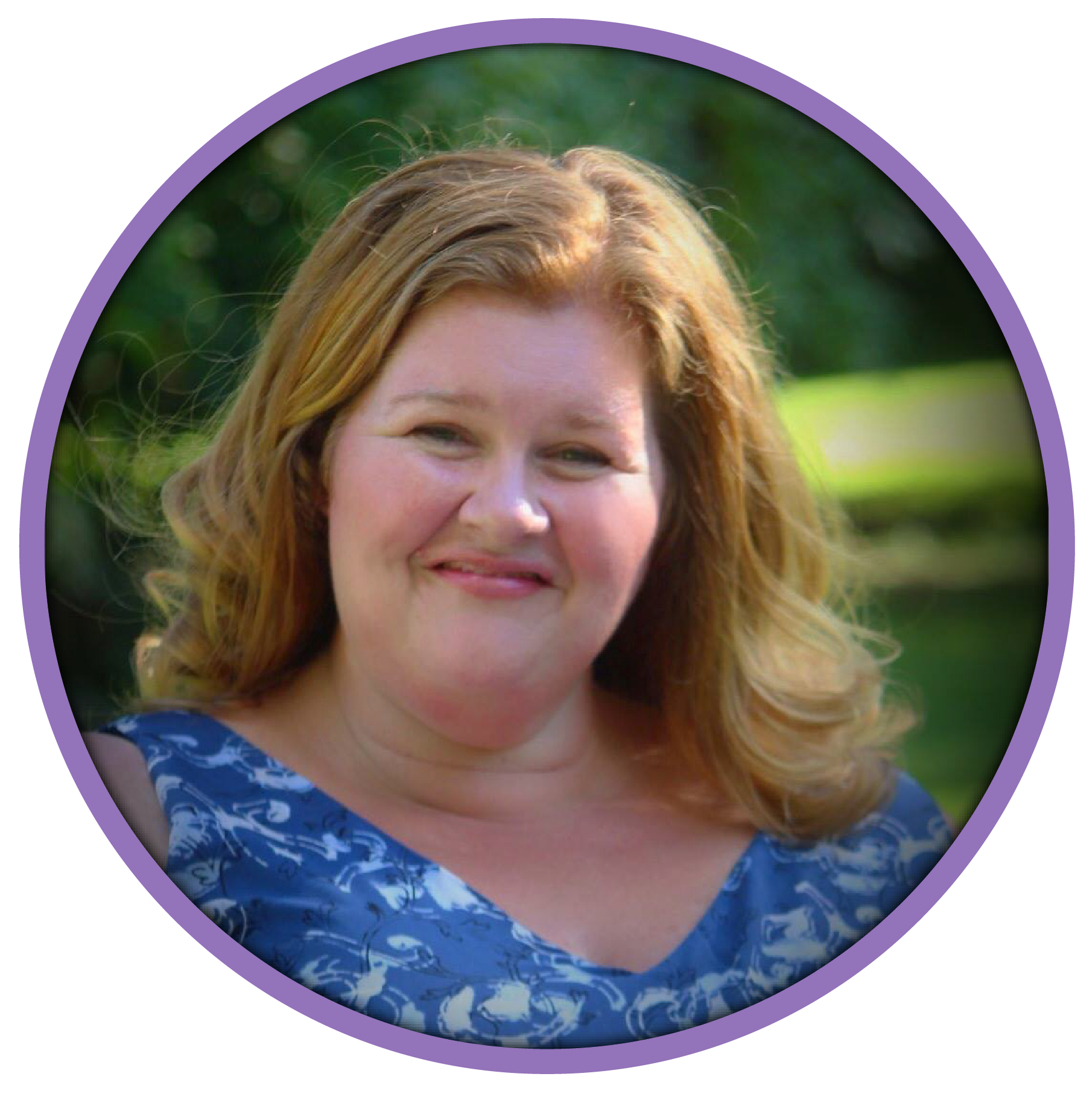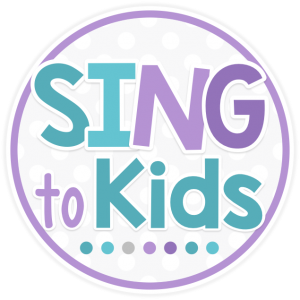This is part two of my series on formal observations in music education. The first part, Formal Observations as a Music Educator, offers practical tips to music teachers to help them to begin with the end in mind when it comes to their observations. In this post, I’m going to be sharing some things that administrators may want to consider when communicating and observing their music teacher.
What Your Music Teacher Wants You to Know
I think the first thing every music teacher wants their administrator to know is simply that we are more than a classroom teacher’s prep. We know our content serves a purpose for both staff and students alike, but we care deeply about our students, families, colleagues, and school culture. Please value us and treat us with the same respect and care offered to our classroom colleagues.
Although some may perceive our content as “fun,” we do have a comprehensive curriculum that encompasses a wide-array of subjects within music. We take teaching our curriculum and assessing our students seriously. Music is an umbrella subject in that it covers topics such as: melody, rhythm, harmony, form, expressive elements, texture and timbre, historical and cultural context, performance skills, and audience etiquette that are all connected through music. It is common for us to teach multiple aspects of music within one lesson for one simple reason – we see them so infrequently with only 1-2 instructional periods per week.
Can you imagine if a classroom teacher saw their students once a week for 30 minutes and had to cover ELA, math, science, and social studies in one lesson? That’s the equivalent of what we do. Giving 30 minutes to rhythm alone means that I cannot address the other parts of our curriculum. So what happens? We become master weavers of content. We find ways to weave lessons using melody, rhythm, form, and expressive elements to support our curriculum, spiraling content and checking for understanding in a variety of ways – through singing, chanting, listening, reading, writing, playing creating and performing – and all in a 30-45 minute lesson!
What to Look For in an Observation
When you come to the music room, what might you expect to see? A classroom of students engaged in active music making, of course! But don’t be deceived by the appearance of fun. Remember those action verbs? Singing, chanting, listening, reading, writing, playing, creating, and performing? Those are the ways we assess students’ musical understanding. The proof is in the doing in music. Knowing definitions and recalling processes are important part of learning, but analyzing, synthesizing, and creating are where we live in music as it requires a much higher level of critical thinking. (The third part of this series will be connecting learning taxonomies to the music learning).
When you observe students…
- Singing: they may be comparing what they are doing against others, adjusting pitch or dynamic level in the moment.
- Reading, writing or performing rhythms: they are processing symbols (notation) in the moment and giving meaning to it through sound.
- Moving to music: they are simultaneously hearing music and interpreting it stylistically through dance or creative movement.
- Performing on an instrument: they are again processing symbols, giving meaning to it through sound while remembering fingerings they have been taught, playing it fluently and attending to pitch, tempo and dynamic level.
- Improvising music: they must be aware of the context in which they are creating the music, as improvisation shows an understanding of the meter, tonality, and harmonic structure of the music and to do it in real time.
- Creating music: they are accessing all the previous knowledge they have about music to create something new, rehearsing it over and over again, editing it in real time until it becomes what the student envisioned in their mind.
- Play in ensembles (band, orchestra, choir): not only are they responsible for their own part, but they also have to understand how their part works in relation to others and adjust their playing to meet the needs of the whole.
So much incredible thought and processing occurs in the music room, but you need to look deeper at the kinds of activities being offered and how the instruction is being spiraled over time to see the bigger picture.
What Your Music Teacher Needs You to Know
I think I can speak for ALL music teachers when I say this: please do not schedule an observation before a performance. Yes, performance plays an important part within our curriculum, but at the point we have students ready for a performance, all process about teaching and learning are done. We have switched gears into product and we are polishing the program and learning performance etiquette. Think of it in these terms: you would not come to the science fair set-up, nor the spelling bee to observe a classroom teacher for their formal observation. Please do not come to our final rehearsals for a formal observation either.
We want you in our rooms and we value your feedback! Reach out to your music teacher in the fall to talk about the performance calendar, their goals for the year, and what times would be best for their formal observation. While you’re meeting, also communicate what would be most helpful for you, as our observer, to see. I’ve heard and read, time and time again, that admin want to come in to see one learning target and the entire lesson devoted to it. That is not authentic to how we teach (remember, 30-45 minutes for multiple subjects within music). If that’s what you need us to do, communicate it from the start but also understand it will not be an authentic representation of how our students learn and process in music. Music teachers can teach a variety of activities while supporting multiple learning targets in one lesson. We do it because we have to in order to teach our entire curriculum.
Ask questions about what you observed in the lesson before making assumptions. If an activity appears simple in nature, ask about it before assuming it’s a frivolous activity. There is always a reason for what we do and why we do it. I can trace most activities back months of instruction building to one experience in music, which will serve for greater learning in the following grade level. Remember, we’re master weavers of our curriculum. Nothing is done without thought and planning.
And lastly, give us meaningful feedback. We want to grow as educators and do better by our students. There is always something we can improve upon but be willing to dig deeper and communicate with us by asking questions about our content. Communication between you and your music teacher is key to ensure a positive outcome for all.
Related Posts





This is a very necessary topic! With turnover being as high as it is, we are finding many brand-new administrators unaware of what takes place in music classes. Reading though, this should almost be a requirement before a new evaluator comes into the classroom.
Thank you!